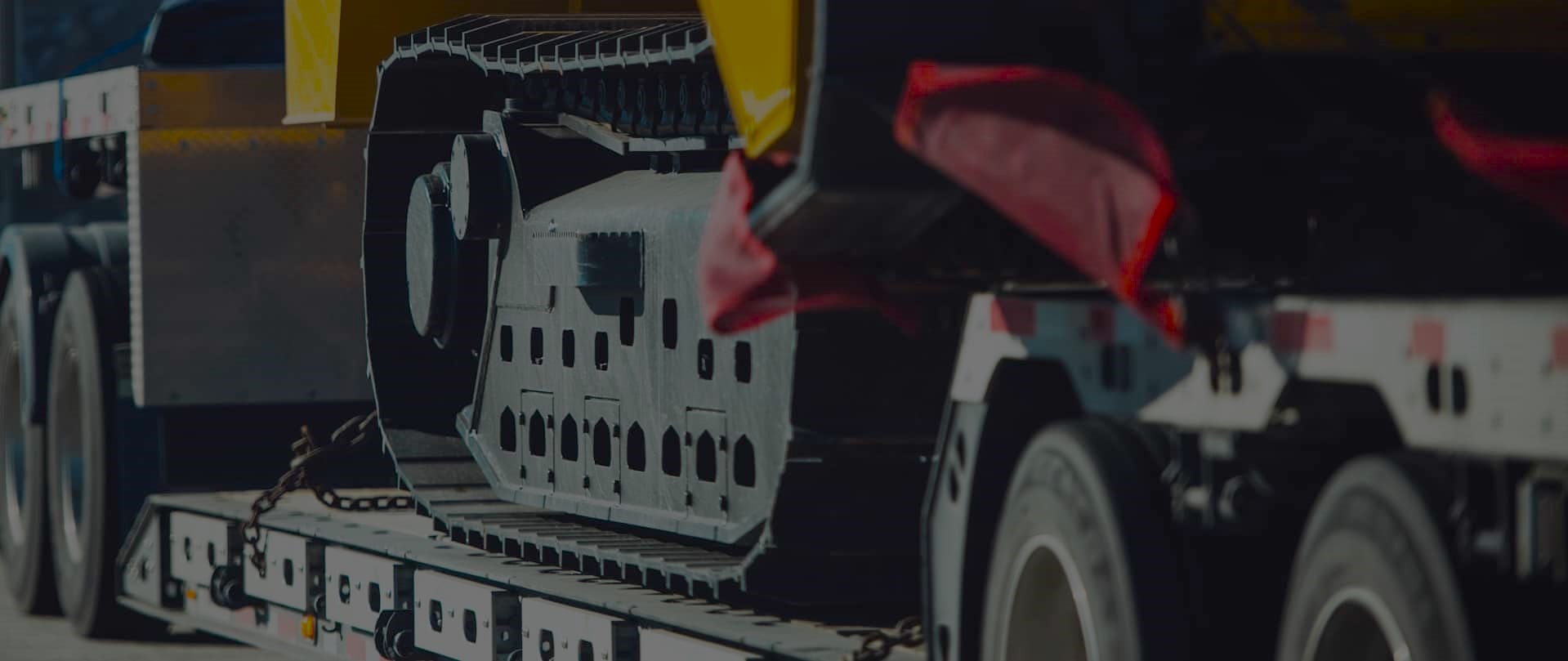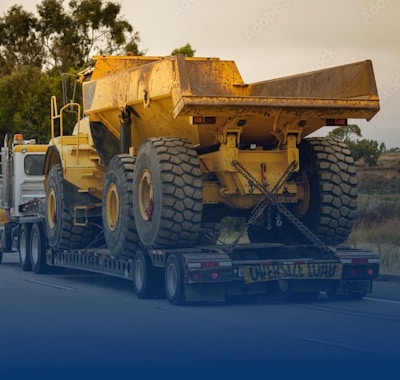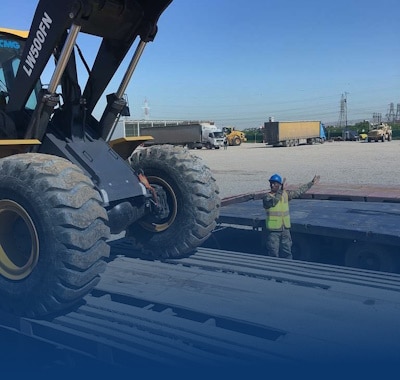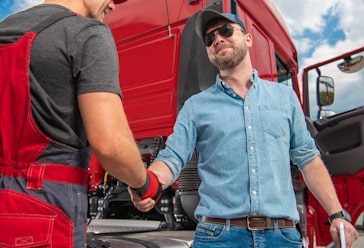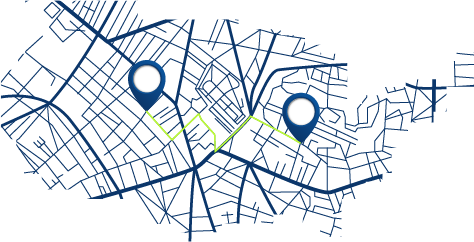Navigating Southeast Flood-Prone Routes: Oversize Detour Planning
Freedom Heavy Haul can offer expedited Pickup and Delivery for any size shipment anywhere in the USA. Contact us today for No Hassle, No Pressure Pricing.
Get a clear, friendly overview of how our team plans, permits, and escorts heavy moves through coastal corridors. We focus on safety, timing, and minimizing delays. Our work blends field checks with conservative margins to avoid last-minute surprises.
We translate on-the-ground conditions into reliable plans that keep freight moving across river basins, tidal zones, and hurricane-influenced highways. When flooding appears, crews verify bridge approaches, low underpasses, and causeways to prevent ponding and water-damaged surfaces.
Our evaluations cover state and county roadway networks, axle load checks, and clearance reviews. We coordinate with DOTs, utilities, and law enforcement for escorts, timing windows, and lane control. The result: fewer costly delays, lower exposure to high-water hazards, and a smoother experience for drivers and pilot cars.
Key takeaways: Reliable, field-verified route plans; conservative safety margins; coordinated escorts and permits.
Why flood-aware oversize detour planning matters now in the Southeast
Heavy moves must adapt quickly when weather changes near coastlines and rivers. Rapid, intense storms create shifting conditions that crews, pilots, and schedulers cannot ignore.
Escalating flooding patterns and seasonal vulnerabilities
Short bursts of rain and seasonal storms produce higher-than-normal water levels. These patterns expose weak spots in low interchanges, causeways, and bridge approaches.
Impacts on heavy haul safety, timing, and cost
High water hides hazards such as undermined pavement or debris that reduce traction and visibility. Unplanned stops cause overtime, missed windows, and expensive rescheduling.
Compliance risks across state and county networks
Permit terms, curfews, escort needs vary by state; a single closure can trigger new restrictions. Teams must verify bridge postings, clearance limits, and temporary load limits before moving.
Coordinating with DOTs, utilities, and law enforcement during high water
Direct contact with permit offices and patrol units speeds approvals for urgent changes. Joint lane control or rolling stops keep convoys lawful and more visible to the public.
- Risk reduction: Fewer surprises on the road.
- Cost control: Less overtime and crane rescheduling.
- Safety: Protects drivers, equipment, cargo.
Southeast flood-prone routes and oversize detour planning: our end-to-end approach
We translate real-time conditions into clear actions. Our first step is a rapid evaluation that fuses recorded water levels with up-to-the-minute road intel. That gives crews a realistic view of shoulders, underpasses, known ponding spots, and any nearby construction that can raise risk.
Rapid route assessment and live condition verification
Field checks, local DOT feeds, and pilot car recon confirm bridge postings, culvert capacity, axle limits, clearance heights, and turning radii. This live verification reduces surprises and speeds decision making.
Detour design that protects clearances, bridge loads, and escorts
We model turns, approach grades, and lane widths to preserve safe margins. Overhead clearances, posted load limits, and escort lanes are validated before moves begin.
Contingency playbooks and permitting alignment
Tiered alternates map pre-approved timing windows so drivers can swap paths without reworking a move. Multi-state permit alignment keeps every segment compliant while synchronizing curfews, escorts, and weather-based restrictions.
- Driver briefings: step-by-step staging, fuel stops, safe havens, no-go flood markers, approach speeds.
- Pilot car protocols: flood watch alerts, visual inspections for debris or washouts, standardized reporting.
- Data use: roadway networks show where water pools, reveal repeating patterns, and help time departures to avoid peak rainfall or tidal cycles.
Outcome: a practical, field-tested plan that respects equipment limits, fulfills permit terms, and gives teams confidence when flooding appears.
Turning vulnerabilities into opportunities with smarter routing
We turn known problem areas into planned advantages by pre-clearing alternates and timing moves for the lowest water impact. That approach keeps schedules intact and reduces last-minute changes that cost time and money.
Reading networks and patterns to reduce downtime
Our planners read roadway networks in context. They layer historical closure maps with forecast rainfall and tide timing. This fusion shows when to roll, not just when a schedule says go.
Practical benefits:
- Stage equipment and pilot cars near likely junctions to cut response time.
- Use dwell-time and re-route histories to find small shifts that save hours.
- Map fuel stops and safe havens so drivers pivot calmly during storms.
Data-backed decisions that balance risk, time, and budget
We weigh risk, time, and cost together. If a longer path avoids water delays and extra escorts, we show the math and recommend the best course.
Outcome: fewer stops in wet segments, less wear on equipment, and clear opportunities to deliver when competitors wait for water to fall.
Ready to move safely through Southeast flooding? Partner with our planning team today
Ready to move safely through Southeast flooding? Connect with our specialists for a fast assessment of your upcoming heavy move.
We map vulnerabilities, outline options, and time departures so your load stays on schedule. Expect clear guidance on permits, escorts, and contingency staging that reduce downtime and cost.
Field coordination: responsive contact with state permit offices, utilities, and law enforcement keeps approvals aligned if a sudden flood warning appears.
Your drivers and pilot cars get concise briefings, turn-by-turn updates, and a contact tree so teams can act quickly when conditions shift.
Move with confidence: we mobilize for urgent shipments, source escorts, and adjust permits on the fly to preserve momentum and highlight opportunities to avoid delays.
Reach out now to schedule an assessment and lock in a weather-aware approach that protects cargo, crews, and schedules.
